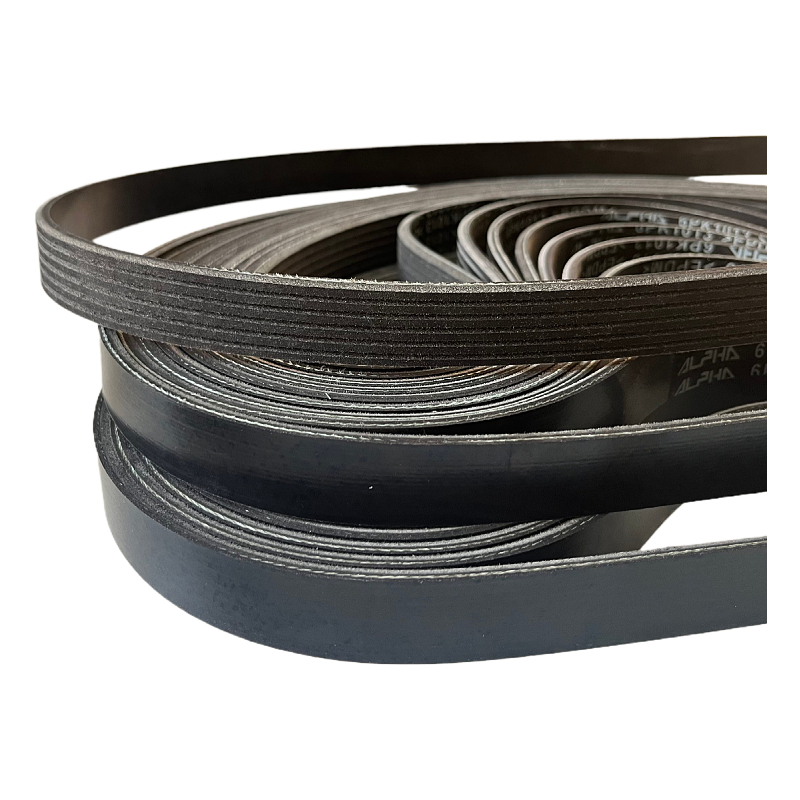- Arabic
- French
- Russian
- Spanish
- Portuguese
- Turkish
- Armenian
- English
- Albanian
- Amharic
- Azerbaijani
- Basque
- Belarusian
- Bengali
- Bosnian
- Bulgarian
- Catalan
- Cebuano
- Corsican
- Croatian
- Czech
- Danish
- Dutch
- Afrikaans
- Esperanto
- Estonian
- Finnish
- Frisian
- Galician
- Georgian
- German
- Greek
- Gujarati
- Haitian Creole
- hausa
- hawaiian
- Hebrew
- Hindi
- Miao
- Hungarian
- Icelandic
- igbo
- Indonesian
- irish
- Italian
- Japanese
- Javanese
- Kannada
- kazakh
- Khmer
- Rwandese
- Korean
- Kurdish
- Kyrgyz
- Lao
- Latin
- Latvian
- Lithuanian
- Luxembourgish
- Macedonian
- Malgashi
- Malay
- Malayalam
- Maltese
- Maori
- Marathi
- Mongolian
- Myanmar
- Nepali
- Norwegian
- Norwegian
- Occitan
- Pashto
- Persian
- Polish
- Punjabi
- Romanian
- Samoan
- Scottish Gaelic
- Serbian
- Sesotho
- Shona
- Sindhi
- Sinhala
- Slovak
- Slovenian
- Somali
- Sundanese
- Swahili
- Swedish
- Tagalog
- Tajik
- Tamil
- Tatar
- Telugu
- Thai
- Turkmen
- Ukrainian
- Urdu
- Uighur
- Uzbek
- Vietnamese
- Welsh
- Bantu
- Yiddish
- Yoruba
- Zulu
Dec . 14, 2024 05:41 Back to list
Understanding Standard V-Belt Sizes for Industrial Applications and Equipment
Understanding V-Belt Standard Sizes A Comprehensive Overview
V-belts are crucial components in many mechanical systems, serving as a link between rotating shafts and assisting in power transmission. Their design and functionality have made them indispensable in various applications, from industrial machinery to household appliances. Understanding the standard sizes of V-belts is essential for ensuring compatibility, optimal performance, and longevity in any system where they are utilized.
What is a V-Belt?
A V-belt is a type of flexible belt, characterized by its trapezoidal cross-section which allows it to wedge into the grooves of pulleys. This design enhances friction and minimizes slippage, resulting in efficient power transfer. V-belts are commonly found in automotive engines, HVAC systems, and conveyor systems, underscoring their versatility and reliability.
Standard Sizes of V-Belts
V-belts come in various standard dimensions, often categorized by their width, height, length, and the specific application for which they are designed. The most prevalent standards are the ANSI (American National Standards Institute) and the ISO (International Organization for Standardization) specifications.
1. Dimensions The four primary dimensions associated with V-belts include the belt profile height, width, pitch length, and the groove size of the pulleys they are intended to fit. Common profile heights are 3V, 5V, and 8V, while widths typically range from 0.5 inches to 1 inch.
2. Length V-belts are often measured in inches or millimeters, and their lengths generally vary depending on the specific design and application. The length is critical, as it must accommodate the distance between the pulleys while allowing for adequate tension.
v belt standard sizes

3. Cross-Section Profiles Standard cross-sectional profiles include A, B, C, D, and E series belts. Each of these profiles has specific height and width measurements, making them suitable for various applications. For example, the 'A' section typically measures 0.5 inches in width and 0.31 inches in height, while the 'B' section measures 0.75 inches in width and 0.38 inches in height.
4. Construction V-belts are made from rubber compounds and sometimes reinforced with fabric or other materials to enhance durability. The construction can significantly affect the belt's performance, with options available for high-temperature environments, oil resistance, and heavy-duty applications.
Selecting the Right V-Belt
When choosing a V-belt, consider factors such as the type of machinery, the required power transmission capacity, environmental conditions, and the specific dimensions of the pulleys involved. It is crucial to consult the manufacturer's specifications and ensure compatibility with the intended application.
Maintenance and Replacement
To ensure optimal performance, V-belts should be regularly inspected for signs of wear, damage, or improper tension. A loose or frayed belt can lead to slippage, decreased efficiency, and potential breakdowns. Replacing a V-belt usually involves measuring the old belt to determine the correct size, which may vary slightly due to wear over time.
Conclusion
In summary, understanding V-belt standard sizes is critical for anyone involved in machinery maintenance or design. By familiarizing oneself with the different profiles, lengths, and construction types, users can ensure that they select the appropriate belt for their needs. Regular maintenance and proper selection not only improve the efficiency of power transmission systems but also extend the lifespan of the V-belts themselves, translating to better operational efficacy and cost savings in the long run. As technology continues to evolve, staying informed about advancements in V-belt design and materials will empower users to make well-informed decisions, thus enhancing the performance of their mechanical systems.
-
Upgrade Power Steering Pump Belt for Smooth, Quiet Operation
NewsAug.27,2025
-
Precision Timing Belt & Chain: Engine Performance & Durability
NewsAug.26,2025
-
Precision Lathe Drive Belts: Durable & Reliable Performance
NewsAug.25,2025
-
84.5 Serpentine Belt: Durable & Precision Fit for Your Engine
NewsAug.24,2025
-
Premium Ribbed Drive Belts for Quiet Power Transmission
NewsAug.23,2025
-
High-Performance Vehicle Timing Belt for Engine Precision
NewsAug.22,2025

